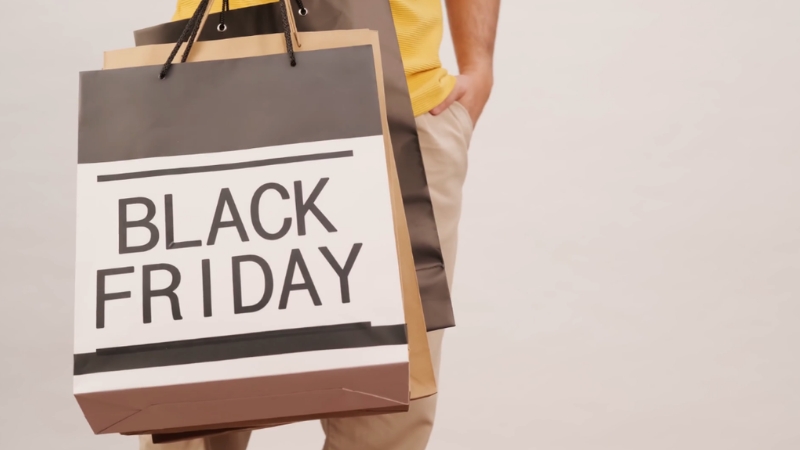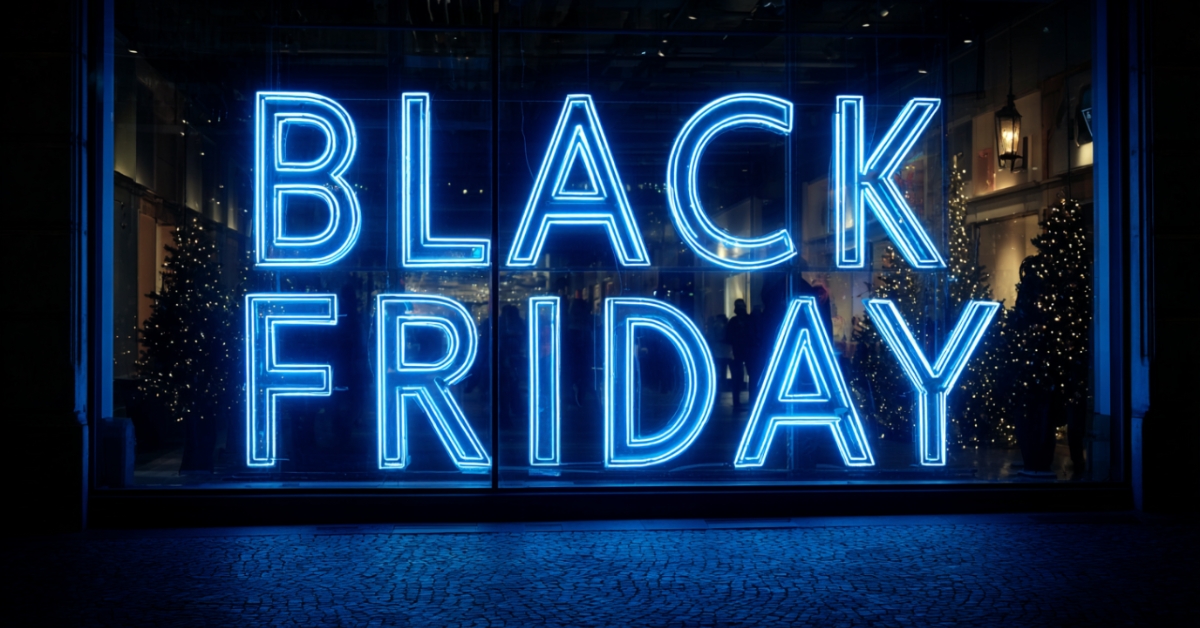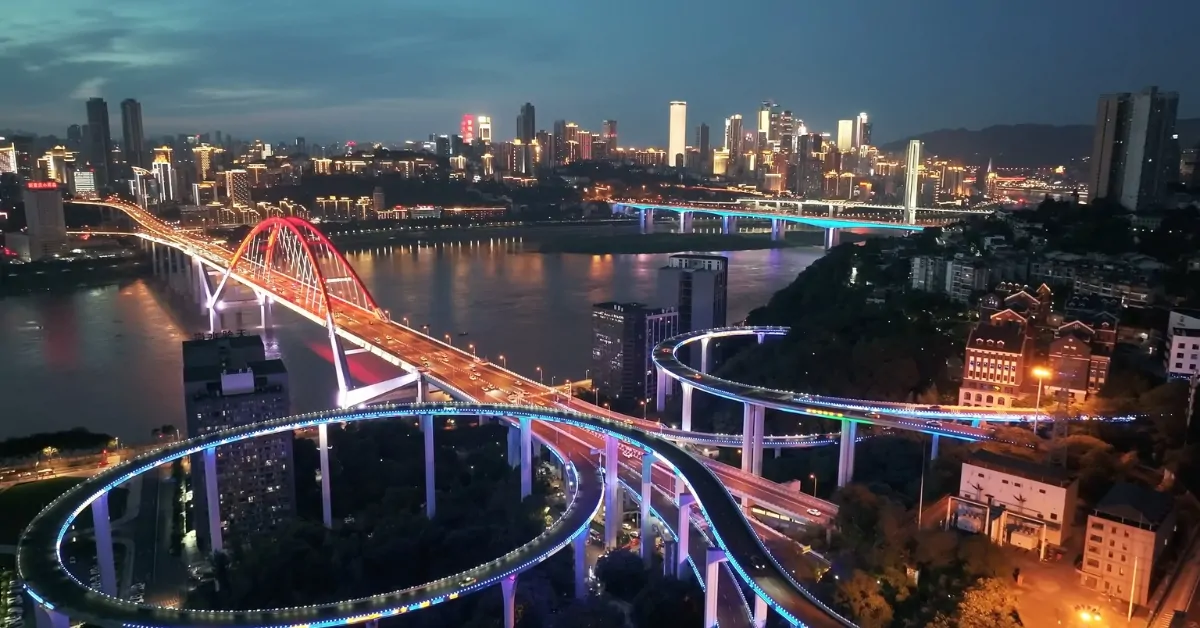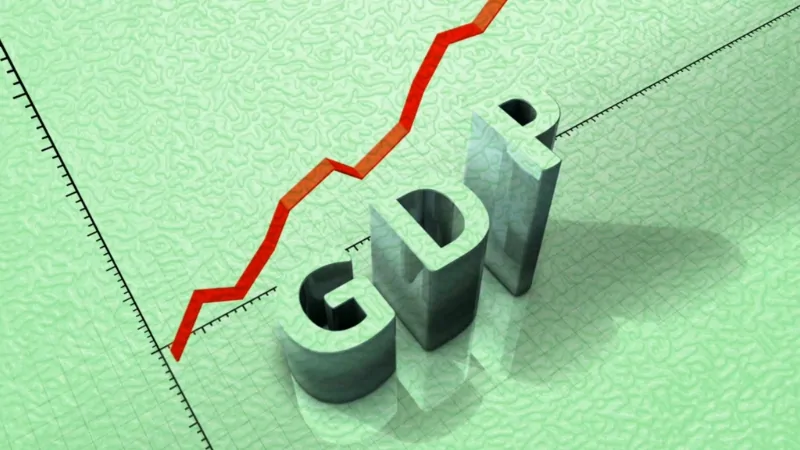Every November, Black Friday arrives like a cultural tidal wave. It starts with a few teaser ads, then suddenly it becomes impossible to scroll, shop, or even check email without being dragged into a whirlwind of “limited-time” banners and flashing countdown timers.
I have always known these tricks were deliberate, but reading the newest insights from cognitive scientists puts the whole phenomenon into a sharper, far more revealing frame.
What neuroscientists are now showing is that Black Friday doesn’t simply create excitement; it actively shifts how our brains make decisions.
The event is engineered to compress our thinking, lower our evidence threshold, and make us say “yes” to purchases we normally wouldn’t make with a cool head. The pressure is not accidental; it’s a neurological strategy.
Why Your Brain Decides Faster on Black Friday

Under normal circumstances, the brain collects information, price, quality, reviews, and budget until it feels confident enough to choose. Big purchases take longer because the brain naturally wants more evidence.
But introduce time pressure, and everything changes.
According to cognitive researchers from Western Sydney University and the University of Melbourne, urgency lowers the brain’s “decision threshold.” You simply require less proof to say yes.
This is the same biological shortcut that makes you react instantly when a spider lands on your arm, but during Black Friday, the stimulus isn’t danger. It’s a flashing 30-second timer telling you the sale ends soon.
The brain processes urgency, not context, and acts fast.
And retailers know it.
Scarcity: The Tactic That Makes Your Brain Panic
While testing decision-making models, researchers found that perceived scarcity dramatically increases value in the brain. This isn’t logic, it’s biology.
So when a website announces:
- “Only 8 left!”
- “12 people have this in their cart.”
- “Low stock!”
Your brain interprets competition, not shopping.
And in a moment, what felt like a casual scroll becomes a race. It’s the same mechanism that pushes people to grab the last TV on a shelf or fight for discounted laptops at crowded stores; the brain falsely perceives threat and competition where none exist.
The Speed–Accuracy Trade-Off: Why We Regret Purchases Later
Neuroscientists have long known a principle called the speed–accuracy trade-off: fast decisions tend to be worse decisions.
This is why impulse buys feel thrilling in the moment, and baffling the next morning.
Black Friday artificially creates the psychological conditions that usually occur only in emergencies:
- Low time
- High stimulation
- High perceived stakes
In that state, the brain relies on shortcuts, such as how many people are viewing an item, instead of meaningful information like product durability, warranty, or whether you even wanted a new blender before 8 AM.
Scarcity and urgency discourage research. Why compare prices if the deal might vanish any second?
Inside the Brain: What Actually Happens?
Here’s a simple breakdown of what Black Friday tactics do neurologically:
| Retail Tactic | Brain Response | Result |
| Countdown timers | Lowers the decision threshold | Faster, less thoughtful purchases |
| “Only X left” stock alerts | Triggers scarcity instinct | Adds emotional weight to items |
| “Today only!” sales | Creates urgency loop | Reduces rational evaluation |
| Competing shoppers (“12 people viewing this”) | Activates competitive behavior | Makes the item seem more valuable |
| Flashing red banners | Heightens arousal | Encourages impulse decisions |
You’re not imagining it; your brain truly works differently under these cues.
One of the most fascinating insights is that people don’t just buy things they want during Black Friday; they buy things they fear losing.
That distinction is important.
“Missing out” activates the same neural regions associated with anxiety. Retailers build their entire Black Friday machinery around triggering that response.
If you’ve ever felt your rational mind slipping away while shopping online, or wondered why you suddenly “needed” something you hadn’t thought about in months, you were experiencing this neurological manipulation in real-time.
How to Outsmart Black Friday

The neuroscientists behind the study offered several practical ways to stay in control. These are simple, but biologically effective.
1. Plan Before the Pressure Hits
Your brain makes better decisions in calm conditions. Know what you want before the ads start pulling your attention.
2. Set a Clear Budget
Visible limits override the scarcity panic and keep you grounded.
3. Pause Before Checking Out
Just 60 seconds of stillness can reset your decision threshold.
4. Ask the Key Question: “Would I Want This at Full Price?”
If the answer is no, the “deal” is a trick, not a saving.
Bottom Line

Covering consumer psychology has made me more skeptical of retail tricks, but even I’m not immune.
A few years ago, I bought a smart speaker only because the page told me thousands of people were viewing it at that exact moment. Looking back, it feels absurd, but at the time, it felt urgent.
That’s the power of engineered scarcity: it overrides the part of the mind that normally keeps spending in check.
Black Friday isn’t evil, but it is highly strategic. And consumers rarely recognize just how scientific the strategy has become.
Related Posts:
- Firearms Now the Leading Cause of Death for US…
- A Common Diabetes Drug May Boost Women’s Chances of…
- A Groundbreaking Eye Treatment Just Restored Vision…
- Scientists Uncover 580,000-Year Climate Record That…
- Black-Owned Businesses in the US. See Significant…
- Black Population in the United States by County…







